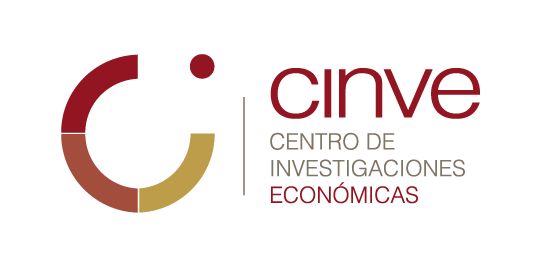The issues regarding labour, distribution, social policies and education compose one of cinve’s investigation areas.
Its main objectives are:
To generate knowledge that enables the understanding of aspects directly related to individual wellbeing -such as unemployment, income or poverty-.
The analysis of social policies’ design and its evaluation.
To contribute to the progress of scientific knowledge, the reinforcement of public debate and the evaluation of public policies focused on education.
From a macroeconomic level, works have included the analysis of the adjustment mechanisms that occur within the labour market in response to different macroeconomic events, as well as studies on the impact of the latest reform of the social security system.
Also, the microeconomic analysis of the labour market has led to the study of policies and institutions that compose the Uruguayan labour market.
On the topics of social policies and poverty, cinve has broad experience on diagnosing the wellbeing of households (income, poverty, inequality, access to public services), and the construction of social indicators.
Recently, a line of work has been developed concerning the evaluation of policies according to their impact on Poverty and Inequality.
Several studies on the area of Labour Economics have focused on the diagnosis of specific labour sectors and a number of segments of the labour supply. Reports that include monitoring on the labour market and forecasts for employment, wages and households’ income are published periodically.
The area of microeconomics of education has focused on the study of social, economic and institutional determinants of educational accomplishments, emphasizing on the analysis of the inequality of educational results. Additionally, work has been done in order to measure the impact that programs and policies have on education, through experimental and quasi-experimental designs.
From a macro view, studies attempted to quantify the fiscal impact and the effects on relevant sectoral and employment-related variables, of policies that provide access to educational services for different groups. On this scope, evaluations were made through general equilibrium models and counterfactual microsimulation techniques.
